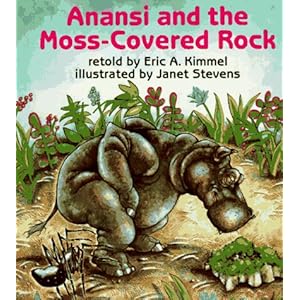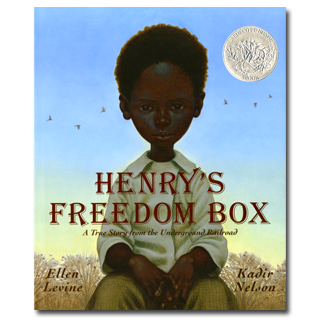
1.
BIBLIOGRAPHY
Florian,
Douglas. 1998. INSECTLOPEDIA. New York: Harcourt. ISBN: 0329281631
2. PLOT SUMMARY
Insectlopedia is a book of poems about various
types of insects, just like an encyclopedia. Throughout the 21 insect poems,
the reader learns a few fun facts about each insect and has fun while reading
them. The types of insects vary from flying insects to bugs that can make you
squirm.
3.
CRITICAL
ANALYSIS
Florian
does an excellent job bringing these insects to life and even making them lovable
by including silly descriptions. When describing ticks Florian says, “Not
gigan-tic. Not roman-tic. Not artis-tic. Not majes-tic. Not magne-tic. Nor
aesthe-tic. Ticks are strictly parasi-tic.” The rhyme and rhythm of his
words make this book fun to read aloud. The layout of his words is extremely
playful, I loved how his poem about the inchworm is shaped in the form of an
actual inchworm. After reading this book, I was left laughing and wanting to
read more by Florian!
The
illustrations used throughout the story were made of watercolor on brown paper
bags in a collage. Florian’s pictures appear to be slightly messy and almost
childlike, which is sure to inspire a young artist. The pictures are very dull
and include lots of browns, yellows and oranges. Because of Florian’s color
choices, they do not compete with his poems and instead complete them.
4. REVIEW EXCERPT(S)
PUBLISHERS
WEEKLY review: "The silly, imaginative verses about whirligig
beetles and waterbugs (almost) match the exquisite pictures in playfulness and
wit. The result is downright stunning."
SCHOOL LIBRARY JOURNAL review: “As he did in Beast Feast
(1994), On The Wing (1996), and In the Swim (1997, all Harcourt), Florian
offers 21 short, inventive poems and paintings that create playful images of
animals. Here, the subjects are arthropods such as the mayfly, praying mantis,
hornet, black widow spider, and weevils. The verse form is as varied as the
creatures presented. Shaped or pattern poems about the inchworm, whirligig
beetles, and mound-building termites work particularly well. The words are
arranged in pleasing patterns and the rhythms fit the characteristics of the
subjects. The design adds to the overall appeal. Each selection is given its
own page, allowing for the use of large type and plenty of glossy white space,
and paired with a full-page watercolor with a neat border of white. These
portraits build on the imaginatively integrated realistic and anthropomorphic
images created in the text. There are other books of poetry about insects and
lots of collections of humorous verses about animals but none match Insectlopedia.”
KIRKUS REVIEW: “The creator of In the Swim (1997) joins Paul
Fleischman (in Joyful Noise, 1987) in poetically praising insects. Read alone
or read aloud, each of these ticklish tidbits features an individual member of
the insect world, and focuses on attributes, foibles, and antics displayed in
the eight-legged community. The daddy longlegs is accused of engaging in
spiderobics, the walking stick performs a disappearing trick, and mosquitoes
feast on the skin as ``take-out.'' Some of the entries rely on clever wordplay,
while others are examples of concrete poetry; the text takes on the hump of the
inchworm or the spiral movements of the whirligig beetle. The watercolor
illustrations, abstract and stylized, achieve a comic effect by incorporating
collage elements reminiscent of an entomolgist's field notes.”
5. CONNECTIONS
*Go on an
insect walk outside and see if you can find some of the insects that you read
about in the story.
*After
reading this book, do a bug research project with your student or child.
*Love
bugs? Check out these books to learn more about them:
Johnson,
Jinny. SIMON AND SCHUSTER CHILDREN’S GUIDE TO INSECTS AND SPIDERS. ISBN: 9780689811630
Rabe, Tish. ON BEYOND BUGS: ALL ABOUT INSECTS. Ill. by Aristides
Ruiz. ISBN: 9780679873037
Barner, Bob. BUGS, BUGS, BUGS. ISBN: 9780811822381





